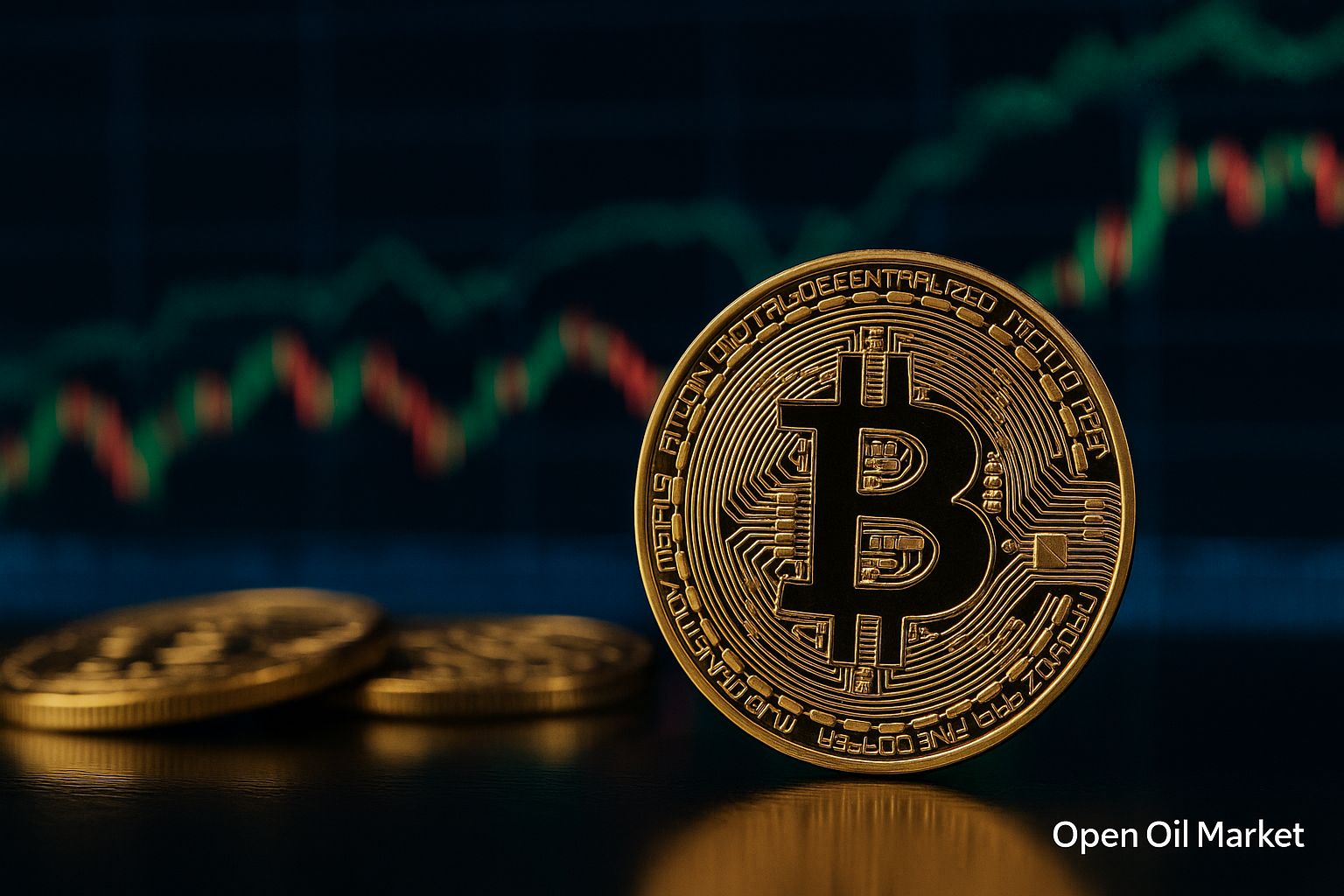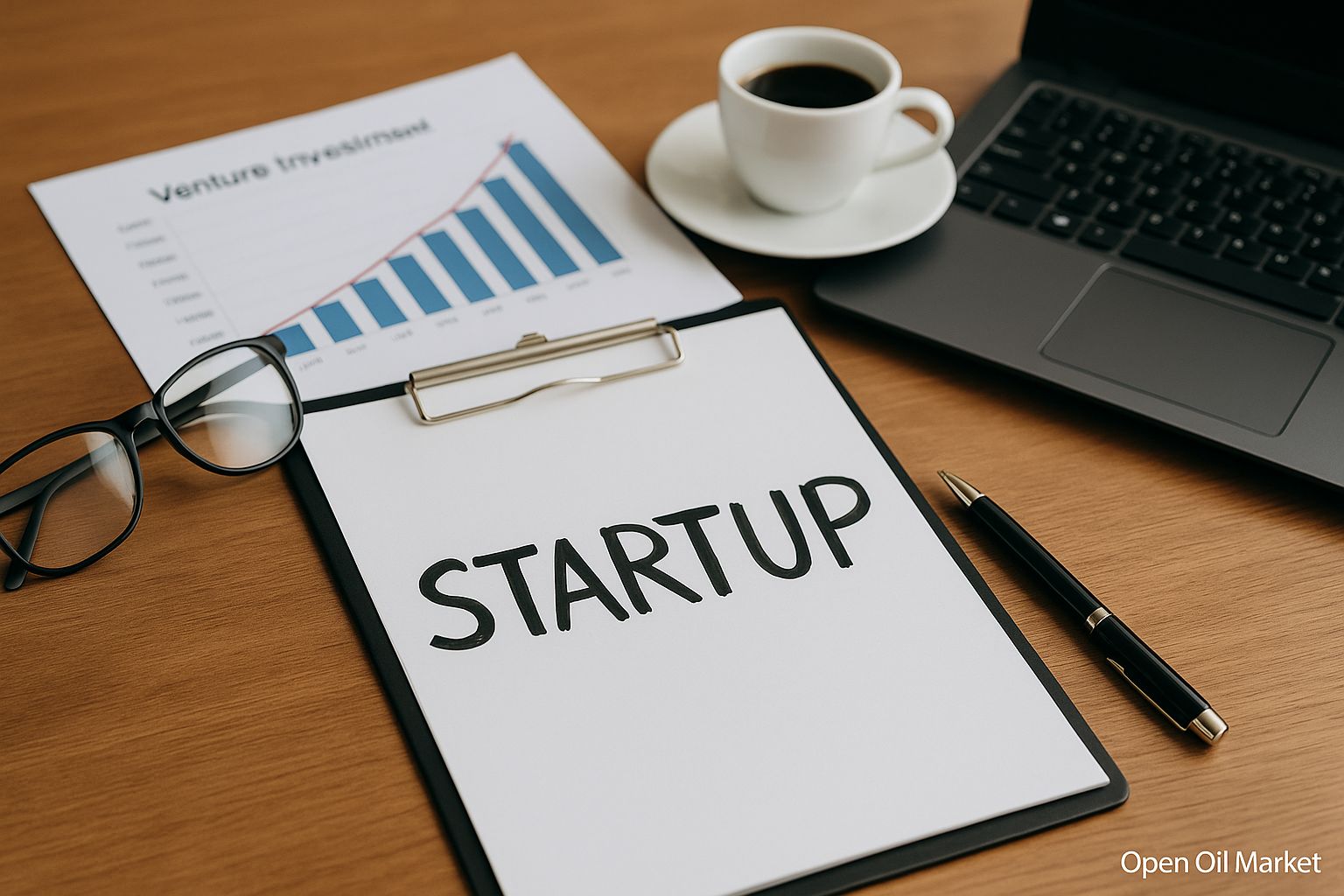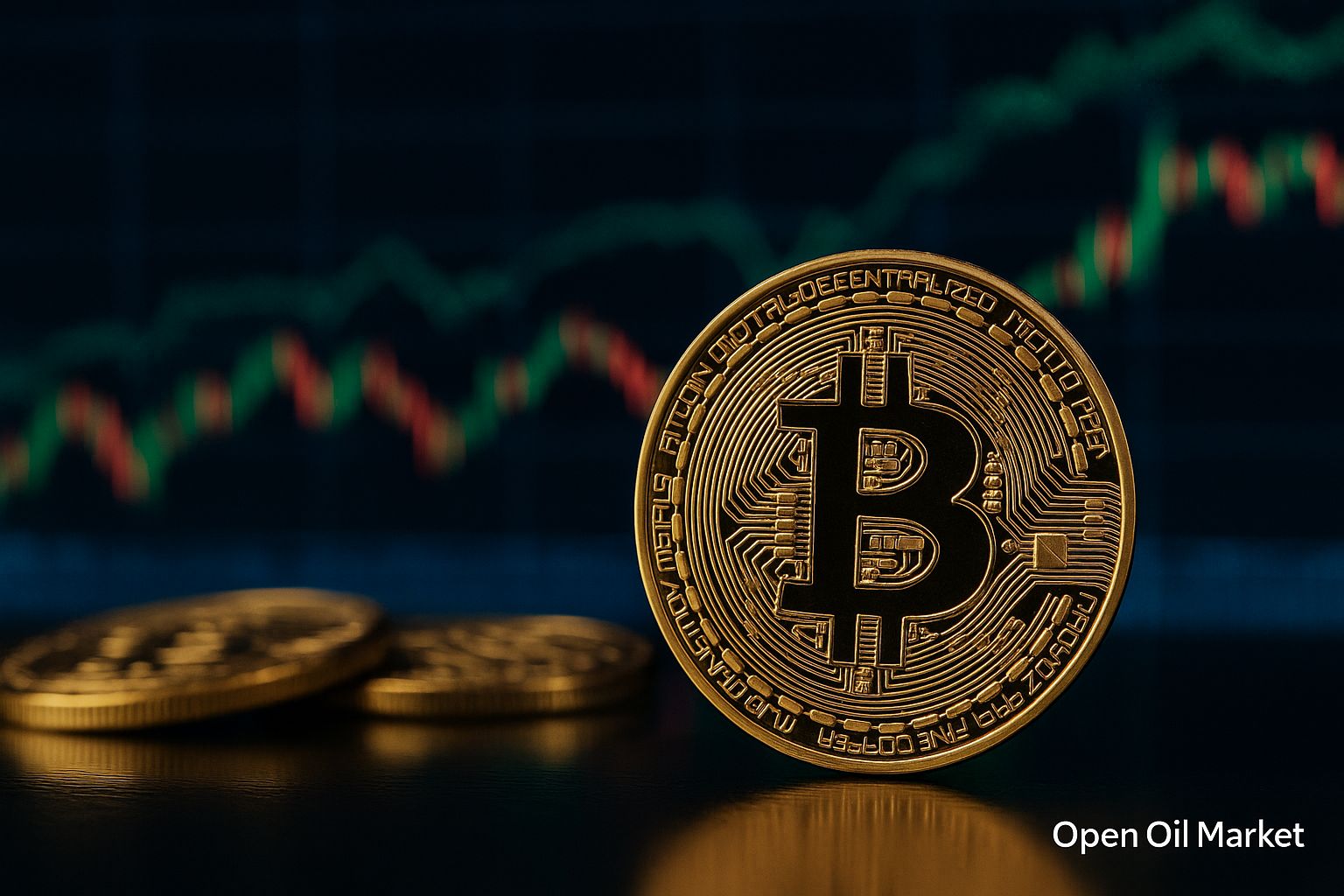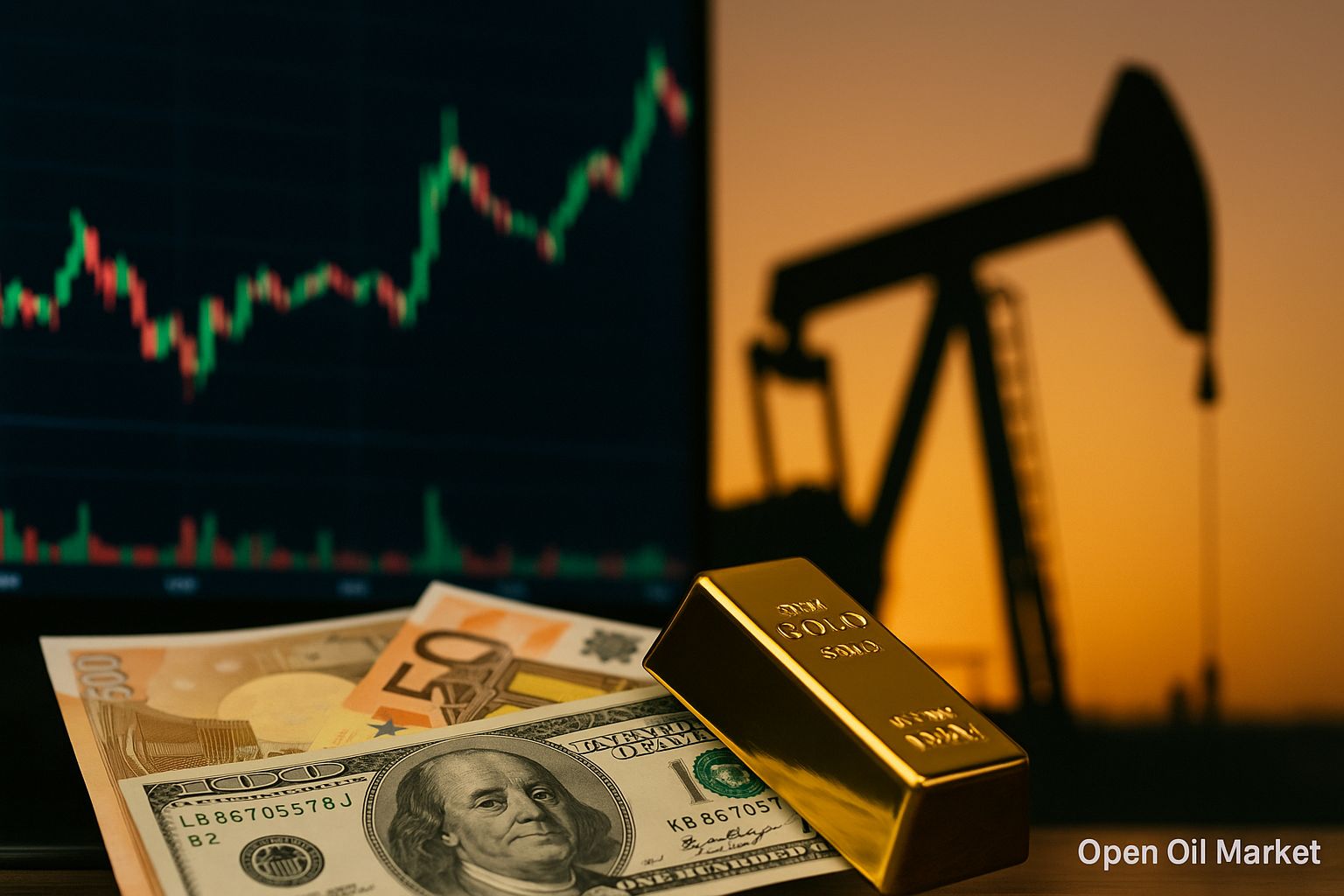
Current Cryptocurrency News as of August 16, 2025: Bitcoin Hits Historical High, Ethereum Strengthens, Altcoins Rising, Institutional Investments, and New Regulatory Measures in the U.S., EU, Asia, and CIS.
Market Overview
The global cryptocurrency market observed a noticeable surge on Friday. Bitcoin reached approximately $124,000 during Asian trading, setting a new historical high that surpassed the previous peak in July. Demand for the leading cryptocurrency is bolstered by expectations of further easing of monetary policy by the Federal Reserve and positive signals from U.S. regulators. Ethereum also experienced an uptick, with its price exceeding $4,780, marking the highest level since the end of 2021. The total market capitalization surpassed $4.1 trillion, showing a significant increase compared to last year.
Bitcoin and Ethereum
Bitcoin remains the market leader, receiving support from both investor sentiment and technical analysis. With a sustained breakthrough of the $125,000 level, analysts predict further growth up to $150,000. Institutional investors are actively increasing their positions in Bitcoin by investing through exchange-traded funds (ETFs). Furthermore, a recent executive order from the U.S. president allowed the inclusion of cryptocurrencies in 401(k) retirement accounts, thereby expanding demand from both retail and professional participants. Ethereum shows similar dynamics: following successful protocol upgrades, its price has exceeded $4,700—a record level in several years. The rise of Bitcoin and Ethereum significantly drives the growth of the entire digital asset market.
Altcoins on the Rise
Amid the rise of Bitcoin, several other major cryptocurrencies (altcoins) are also showing significant progress. In particular:
- XRP (Ripple): surged to $3.1, setting a multi-year high. The asset received support from a favorable legal environment and expectations surrounding the launch of Ripple-based ETFs.
- Binance Coin (BNB): reached a new record of around $800. The Binance exchange token has strengthened due to the active growth of the platform's operations and the expansion of the BNB Chain ecosystem.
- Solana (SOL): trades in the range of $170–180. SOL remains one of the leaders in growth due to its high transaction speed and the development of DeFi/NFT projects within the Solana network.
- Cardano (ADA): holds steady around $0.75. While ADA has not exhibited a sharp jump, the Cardano network is actively developing in 2025, with new smart contracts and decentralized applications being implemented.
- Dogecoin (DOGE): the popular "meme coin" hovers around $0.22. DOGE remains in the top 10 by market capitalization; its price is influenced by community activity and celebrity mentions, although it also demonstrates increased volatility.
- Tron (TRX): recently entered the top 10 cryptocurrencies. The TRON network token trades at around $0.35. Increasing transactional activity and the popularity of stablecoins issued within the TRON ecosystem act as growth stimuli.
Cryptocurrency Regulation in the U.S.
Last week, a package of laws aimed at organizing the crypto industry came into effect in U.S. legislation. The 'Genius Act' has been enacted, regulating stablecoins and requiring full reserve backing and audits. Additionally, the 'Clarity Act' has been approved, which clearly delineates the powers of the SEC and CFTC in regulating tokens: Bitcoin and Ethereum are classified as "commodities," while other crypto assets are assessed analogously to securities. Another law, the 'Anti-CBDC Act,' prohibits the issuance of a digital dollar by the U.S. central bank. All these measures enhance market trust and facilitate participation from major investors.
Concurrently, the U.S. president signed an executive order allowing cryptocurrencies in retirement plans (401(k)), and regulatory leaders are announcing the development of additional rules for digital assets. This regulatory support is actively attracting institutional capital and creating a framework for the further growth of the cryptocurrency market.
Europe: Licenses and MiCA
The European Union continues to bring the cryptocurrency market under a unified legal framework. The MiCA (Markets in Crypto-Assets) regulation, which came into effect in 2025, establishes common rules for token issuers and licensing exchanges. In recent months, several major crypto companies have received permits to operate throughout Europe: for instance, the Gemini exchange is awaiting approval for its license in Malta, while Coinbase is soon to be authorized in Luxembourg. However, several regulators have expressed concern about the excessively rapid licensing process in some countries, fearing a "race to the bottom" in standards. Nevertheless, unified European regulation makes the region attractive for crypto businesses, creating predictable operating conditions.
Asia and Central Asia
Significant changes are noticeable in Asia. Kazakhstan launched the first Bitcoin ETF in Central Asia (Fontex Bitcoin ETF), which began trading on August 13 on the Astana International Exchange (AIX) and offers direct ownership of cryptocurrency through a market instrument. This fund, with a custodian being BitGo, simplifies access for investors to Bitcoin and may attract additional capital. Meanwhile, China maintains strict restrictions on private cryptocurrency ownership, whereas some Asian financial centers are enhancing the integration of digital assets: for example, Hong Kong's regulator recently introduced stricter client asset storage standards for licensed crypto exchanges, emphasizing a commitment to secure practices and positioning itself as one of the regional digital asset hubs.
Russia and CIS
In Russia, regulators continue to tighten control over cryptocurrencies while simultaneously preparing their own initiatives. Banks are permitted to offer qualified investors instruments linked to cryptocurrency prices (derivatives and tokenized securities). There is also a proposal to create a limited exchange regime for a narrow circle of professionals. However, the situation is more complex for ordinary users: updates to the laws allow banks to block accounts for P2P operations with cryptocurrencies, and new amendments to the "payment system law" expand the criteria for "high-risk" transactions and the liability for money laundering through digital assets. Meanwhile, the government is moving towards the issuance of a digital ruble (set for launch in 2026), and some projects involving the emission of ruble-backed stablecoins (such as the A7A5 token) are being used for international settlements and circumventing sanctions—with July transaction volumes exceeding $40 billion.
Top 10 Popular Cryptocurrencies
- Bitcoin (BTC): the first and largest cryptocurrency by market capitalization. It is used as "digital gold" and a tool for long-term investment due to its limited supply (up to 21 million coins) and widespread acceptance by institutional investors.
- Ethereum (ETH): the second-largest cryptocurrency, the foundation of an extensive ecosystem of smart contracts. Ethereum supports thousands of decentralized applications (DeFi, NFTs, etc.) and is gradually transitioning to a more efficient PoS consensus mechanism. Investors see growth potential in ETH due to plans for scaling the network and the dissemination of tokens built on its foundation.
- Tether (USDT): the largest stablecoin pegged to the U.S. dollar. USDT is widely used on exchanges for instant liquidity transfers between cryptocurrencies and is a key trading asset, providing stability amidst high market volatility.
- Binance Coin (BNB): the native token of Binance exchange. BNB holders receive discounts on trading fees and participate in the Binance ecosystem (including BNB Chain). Demand for BNB is growing alongside the platform's expansion and the increasing number of services utilized.
- USD Coin (USDC): the second-largest dollar-pegged stablecoin, issued by Circle (in collaboration with Coinbase). USDC facilitates transfers between fiat and cryptocurrencies and is distinguished by its high transparency: each coin is backed by bank reserves, and data is subjected to regular audits. The reliability of USDC makes it a convenient tool for value preservation.
- XRP (Ripple): the token of the Ripple network, designed for fast and cheap cross-border payments. In 2025, XRP surged to $3.1, thanks to the alleviation of regulatory uncertainties in the U.S. and expectations surrounding the launch of institutional investor tools. The project attracts the attention of financial organizations with its potential to accelerate international settlements.
- Solana (SOL): a high-performance blockchain platform focused on rapid transaction processing. Solana is particularly popular for DeFi and NFT projects due to low fees and high throughput. Steady network growth and developer attraction support demand for SOL.
- Dogecoin (DOGE): one of the first "meme coins," created as a joke but quickly gaining popularity. DOGE is widely used as a payment method and for micro-transactions. Thanks to its loyal fan base and frequent media mentions, Dogecoin remains in the top 10 by market capitalization, although its price experiences sharp fluctuations.
- Tron (TRX): the token of the TRON blockchain platform, focused on entertainment and media applications. TRON has attracted attention due to high transaction volumes and its use in the issuance of stablecoins. TRX has reinforced its position in the top 10 amid growing network activity and low fees, making it popular among decentralized application developers.
- Cardano (ADA): a blockchain with a PoS consensus mechanism that emphasizes a scientific approach to development. Following the implementation of smart contracts, the Cardano network is entering a phase of active growth—new decentralized applications are emerging. While ADA has not demonstrated record price breakthroughs, investor interest remains high due to its vibrant ecosystem and long-term technologies.
Market Prospects
Investors anticipate continued growth; however, they note that the cryptocurrency market remains highly volatile. A key factor will be the monetary policies of major central banks: an expected reduction in interest rates by the Federal Reserve and other regulators may further boost demand for risk assets, including cryptocurrencies. Ongoing attraction of institutional capital (via ETFs and tokenized products) creates a solid foundation for the sector's capitalization growth. At the same time, it is essential to monitor regulatory actions and new developments in the DeFi and Web3 realms. Experts believe that projects with real utility and active communities will remain at the forefront of investors' attention, and the overall positive dynamic of the cryptocurrency market persists alongside deepening integration with traditional finance.




